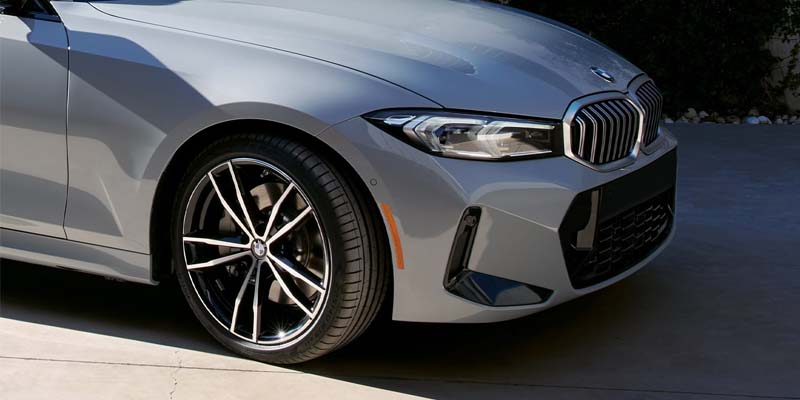
Around 33,000 road accidents occur each year in the US because of tire failure. This statistic explains why both automotive tire producers recommend regular tire pressure checks and tire rotation. If you find any of the following problems with your tires, visit your nearest dealership for a set of new BMW tires to reduce your risk of skids or blowouts on the road.
Does Your BMW Need New Tires?
Cracked Sidewalls
As sturdy as modern tire rubber is, the rubber in a tire’s sidewalls can gradually break down over time. Exposure to extreme cold, rainwater, or the UV rays of hot sunlight can all take a toll on the oils in tire rubber.
Eventually, cracks appear in the sidewalls. Barely visible hairline cracks are nothing to worry about. But when these cracks lengthen, deepen, and grow in number, consider replacing the weakened tire.
Punctures
Sharp stones and objects on the road can cut tire rubber, usually in the treads. As with sidewall cracks, a few very shallow cuts shouldn’t damage the integrity of the tire.
But if you notice any gashes that look long or deep enough to potentially be a puncture, you’ll need to repair or replace the tire. Gashes less than a quarter of an inch can usually be mended safely, but anything more may be too much damage.
Tires can also pick up sharp objects from the road. During your regular tire pressure checks, if you find an embedded nail or metal fragment, use pliers to pull it out. If it was deeply embedded and the risk of a hidden puncture is great, you may need a new tire.
Blisters or Bubbles
When bumping over potholes or curbs, tire rubber sometimes becomes bubbled or blistered. This is often an outer sign of an internal puncture causing air to escape and become trapped under the upper layer of rubber. Because of this, blisters or bubbles make a tire unsafe to drive on.
Uneven or Excessive Tread Wear
Tire treads should never be allowed to diminish to below 2/32 of an inch. Not only is this the minimum legal limit, but it also puts you at risk of skids on the road. Replacing tires when the treads reach 4/32 or 5/32 of an inch is an even safer option, especially in the colder months when road surfaces become icy.
Have Regular Tire Rotation at Your Local BMW Dealer
Tire rotation is an essential procedure in keeping tires strong and healthy for longer, so much so that most tire warranties stipulate regular tire rotation in order to stay valid. Most drivers have their tires rotated every six months or so. It’s best to check your vehicle owner’s guide or tire warranty and stick to the recommended schedule.
Have your tires checked, rotated, or replaced today at BMW of Bloomfield Hills to make sure you get the most out of your luxury car.




